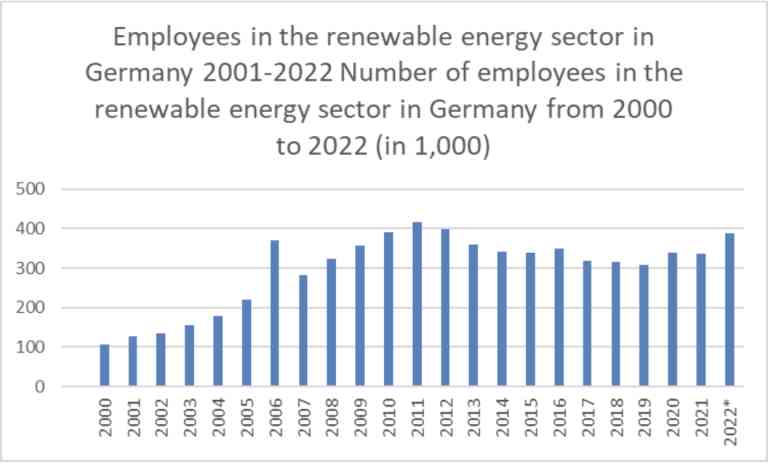Title: Unlocking the Labour Market Consequences of the Energy Transition
Author: Mutiara Chandragati Ramadhan
There is an ongoing trend in energy transition from conventional energy sources of energy such as fossil fuels to renewable energy sources globally in the 2000s. More global efforts and policies have been continuously developed since the 2000s. These include the efforts to advance the technologies of wind turbine designs as well as strengthening the impact of policies like the Paris Agreement that have set the international agenda for reducing carbon emissions. The transformation of the energy systems has been influenced by the technology advancements in energy systems, a shift from the agriculture economy to industry economy such as the United State, and the recent emerging issues touching on global warming and climate change.
The energy transition that has been unfolding over the past two decades is preceded in three stages. The first significant stage was marked by the transition from traditional biomass to coal during the Industrial Revolution in the late 18th to the 19th century. The transition to oil and gas was the second major transition emerging in the 20th century due to the development of the internal combustion engine and the expansion of electricity use. The current stage of energy transition occurs as the world has been shifting from fossil fuel energy sources towards renewable energy sources like solar and wind (World Economic Forum, 2022). This transition to renewable energy is occurring globally with the common goal of achieving net-zero emissions by 2050.
One of the leading nations that has taken a progressive step towards this energy transition is Germany. Germany's Energiewende, initiated in the early 1990s, is their national strategy that not only represents this global trend but also offers a model for other nations to follow. The Energiewende aimed to withdraw gradually from nuclear power and increase the share of renewables in its energy mix (Federal Ministry for Economic Affairs and Climate Action, 2015). Germany has also been very strategic and had ambitious targets for the use of renewable energy sources while at the same time promoting innovation and sustainable infrastructure (Federal Ministry for Economic Affairs and Climate Action, 2015).
The impact of this shift in energy sources on employment in Germany and the challenges faced by workers during this transition can serve as an example to further understand the consequences of transitioning to a renewable energy-focused economy. According to the IEA report 2023, global investments in renewable energy have exceeded those in fossil fuels since 2019. It is important to examine how this transition may have impacted job opportunities, job displacement, and the need to help the displaced workers. This shift to renewable energy is not solely about technology or the environment but is at the same time a concern of employment and social security.
Employment Growth Trend in the Renewable Energy Sector
Renewable energy in Germany has been recorded to have increased their employment rate and job creation for the last twenty years (see Figure 1).

Most of the expansion in this sector has been particularly witnessed in wind and solar photovoltaic energy. Clean Energy Wire 2018 reports that the wind energy sector had its highest recorded employment, in 2016 at about 160000 employees (see Figure 2).









